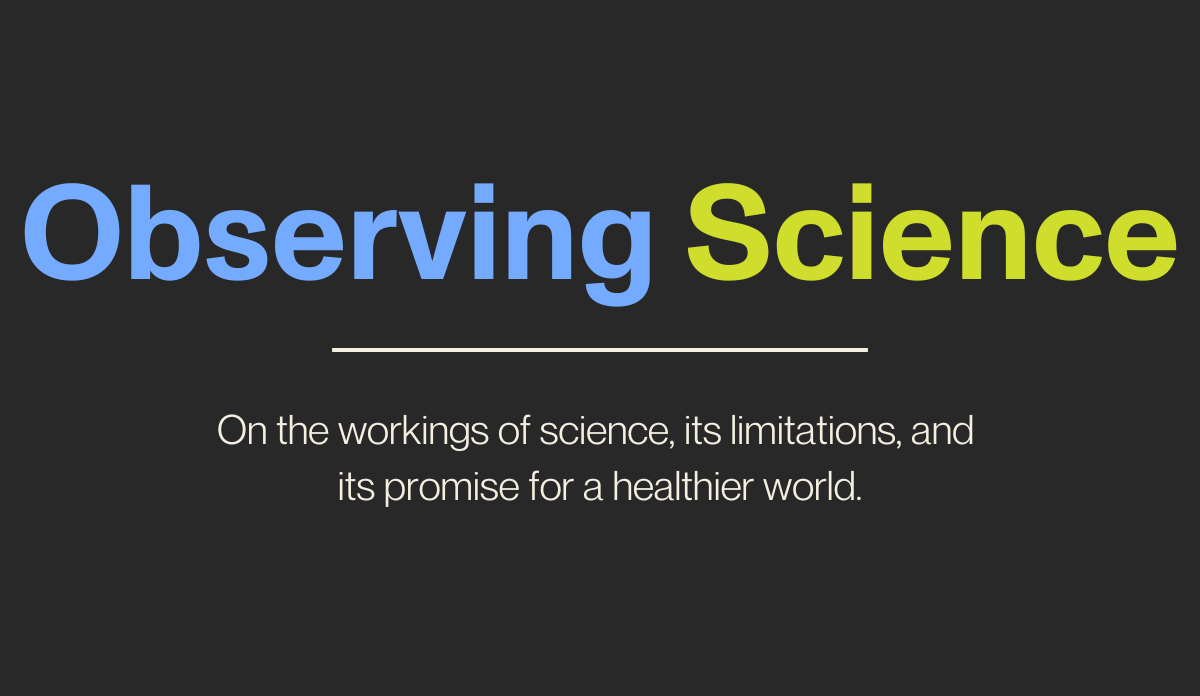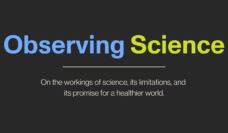Among the many aphorisms attributed to Albert Einstein—some helpful, some less so—this has perhaps stood the test of time: “If I had an hour to solve a problem and my life depended on the solution, I would spend the first 55 minutes determining the proper question to ask, for once I know the proper question, I could solve the problem in less than five minutes.”
It seems unlikely that we could find a thoughtful working scientist who does not agree with this. Asking the right question is a sine qua non of good science. For example, if the problem is that too many Americans die from gun violence, what are the right questions to arrive at a solution to stop this epidemic?
But to take a step back, let us first consider how these questions are generated. In the popular imagination, and perhaps implicit in Einstein’s formulation, they come de novo from the mind of the scientist. Leaving aside the idea that good science seldom arises from one solitary scientist sitting alone, with questions popping into their head—we shall tackle the shared production of ideas in another essay—the questions that we ask are shaped by the resources we have available to ask them. And in most fields in science those resources come in the form of funding that is external to the institution that employs the scientist. This then means, of course, that the funder plays an extraordinarily important role in shaping the questions, and therefore the answers, that emerge from science.
This creates the opportunity for all manners of distortion of the products of science, informed by upstream political agendas. Perhaps an obvious example in our field of population health science has been the paucity of science around firearms. Although firearms in the United States have long caused significant loss of life and disability, funding for firearm research was restricted for decades because of the so-called Dickey Amendment attached to an Omnibus Funding Bill in 1996. This essentially stopped the flow of funding for science in the area, resulting in a missed generation of scholars who engaged in questions of consequence for the field, depleting us of science that could point the way to solutions to the epidemic of firearm violence in the country, even as the number of firearm deaths continued to increase. It was funding availability, or more precisely lack thereof, that stopped us from asking questions, and it was the slow restoration of this funding more recently that gave rise to a growing body of science that started contributing to progress on the issue.
In the case of firearms, it was an explicit political decision that changed funding, and essentially stopped science from asking questions. But of course, funders are driven by forces other than politics. Funders have their own biases. Private funders are driven by their boards’ agendas, public funders by perceptions of salience. What is clear is that no conversation about the production of science can be had without also reckoning with funder choices, and it is perhaps those very choices that need to be studied and influenced if we are to generate better questions, and better science.
Previous issue: Science, Fast and Slow
Sign up for Observing Science
A weekly newsletter on science and creating a healthier world












